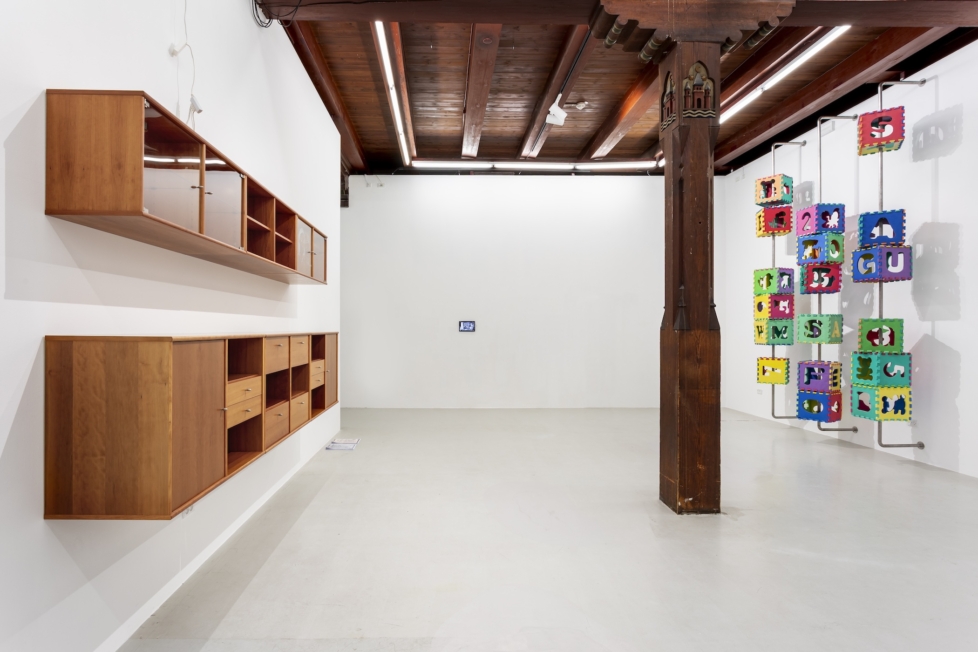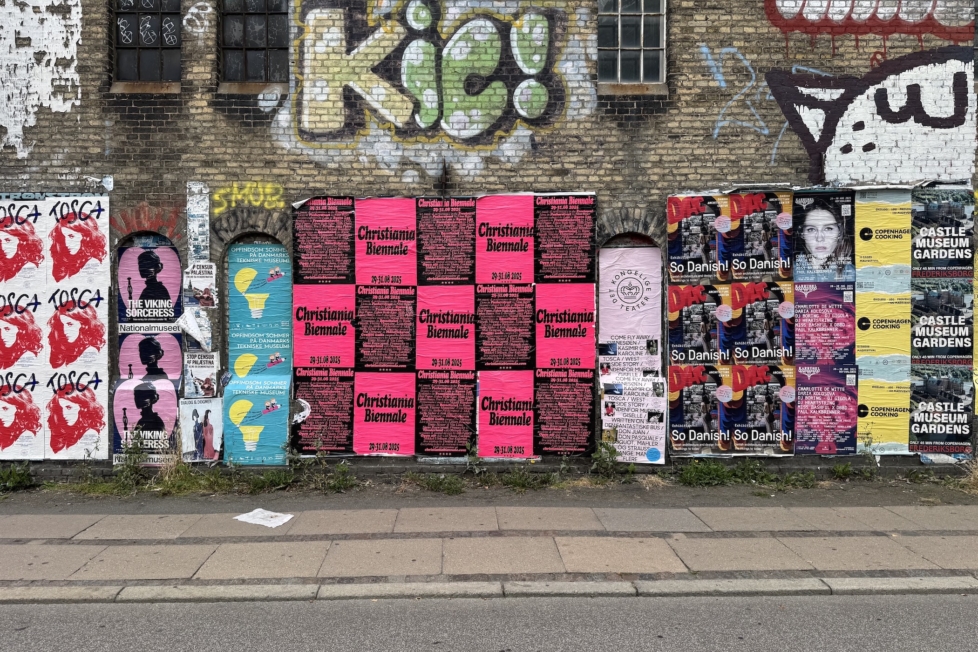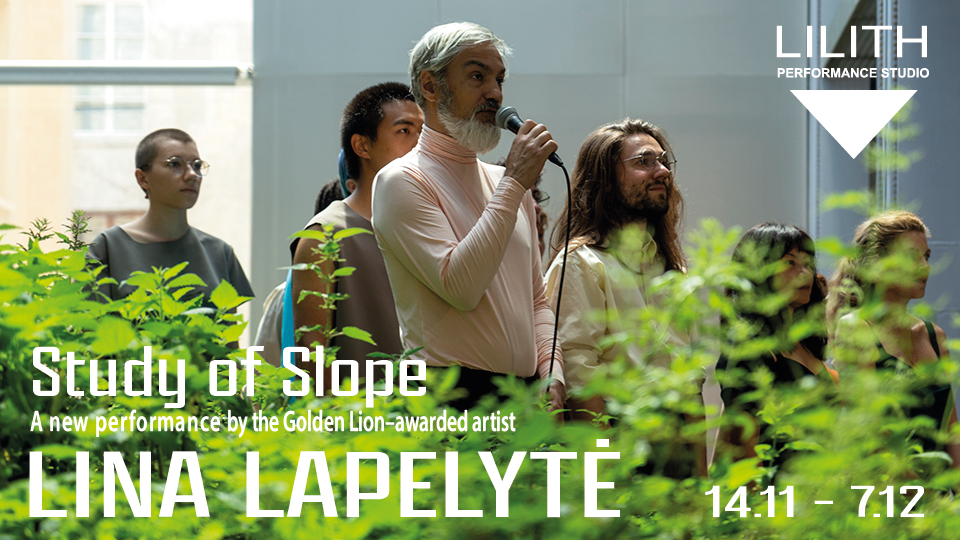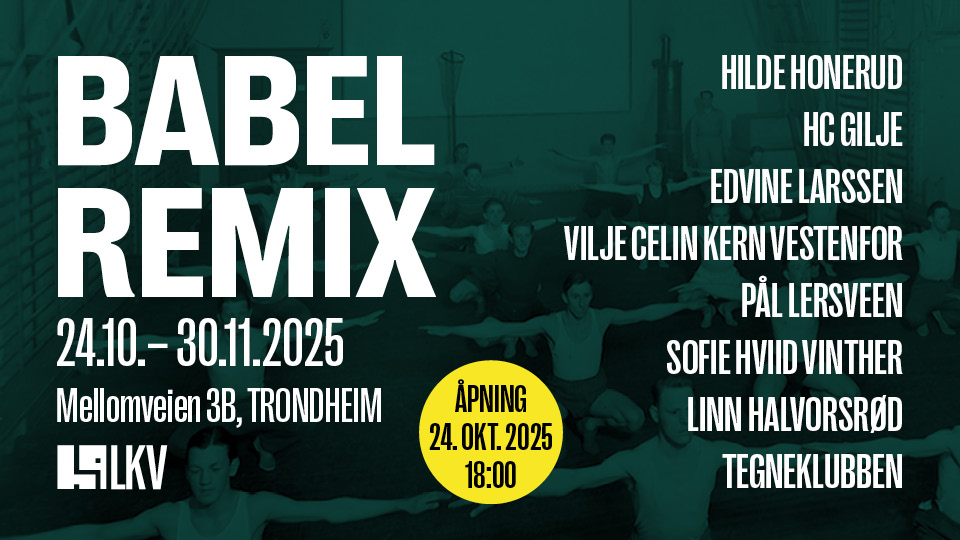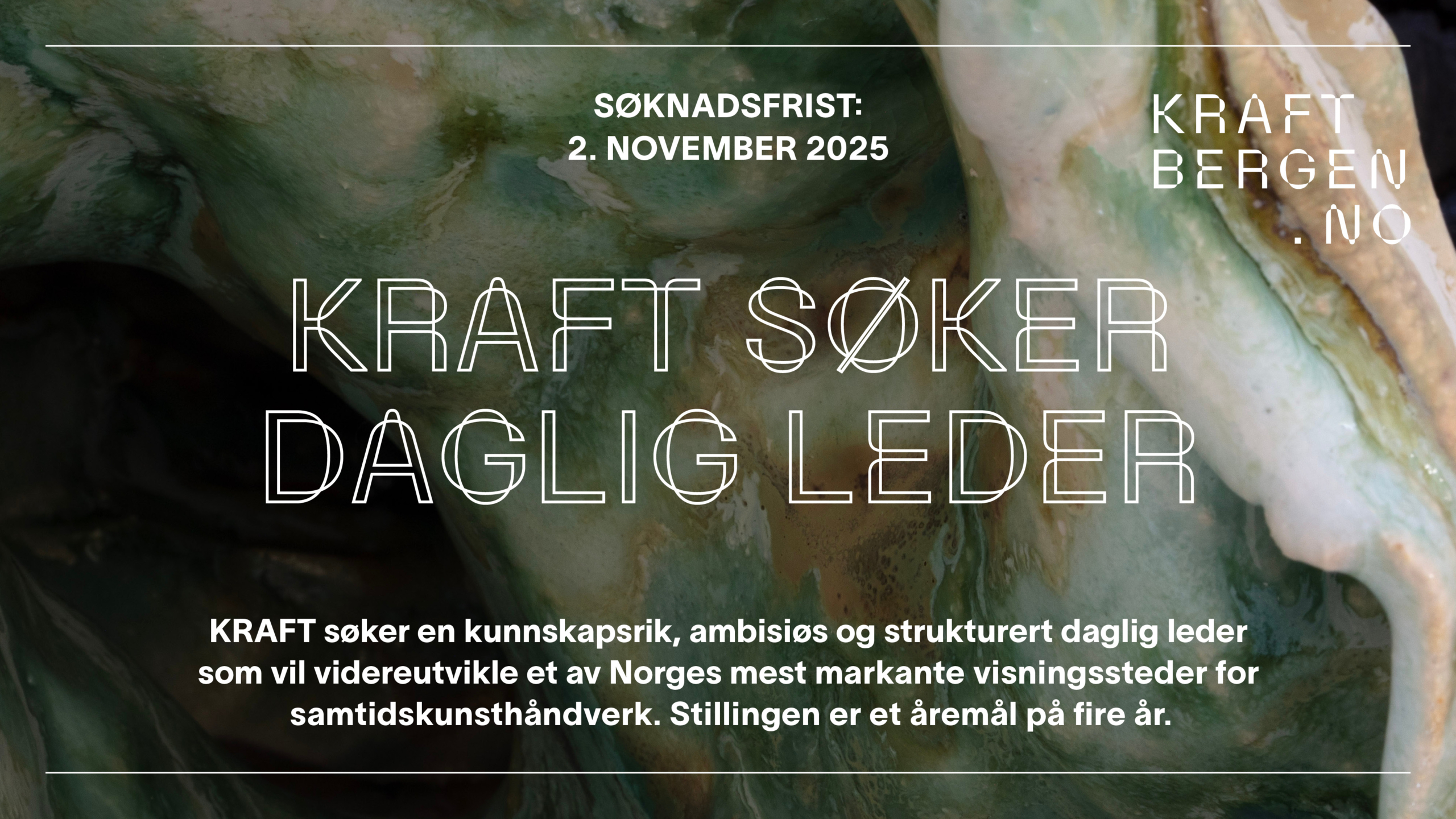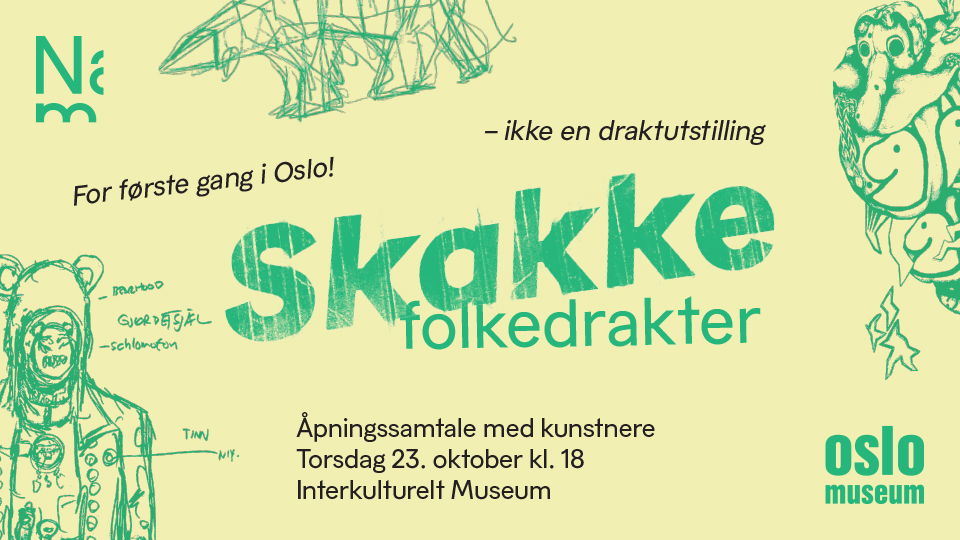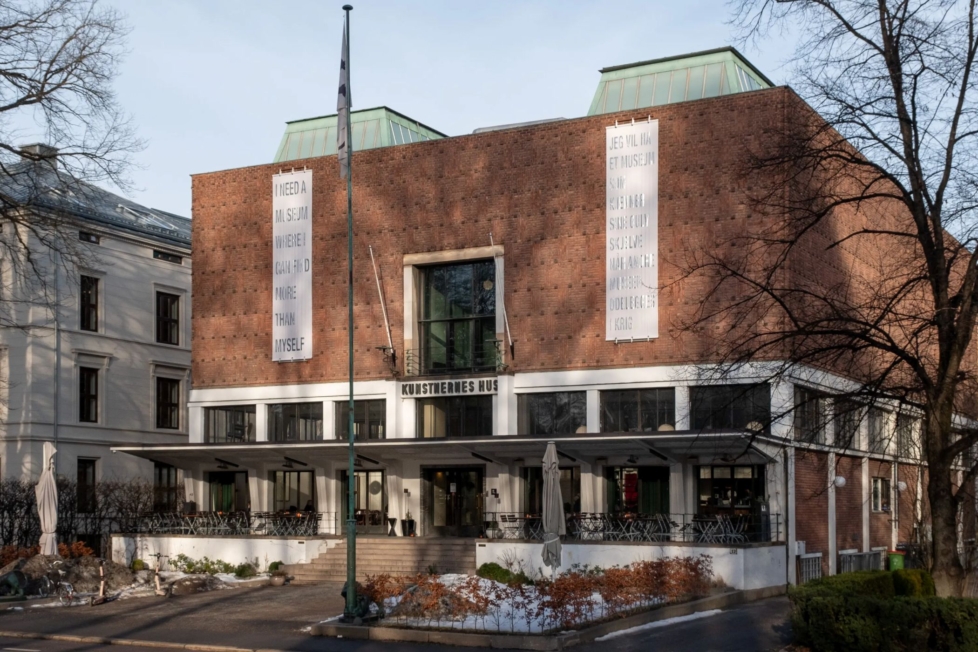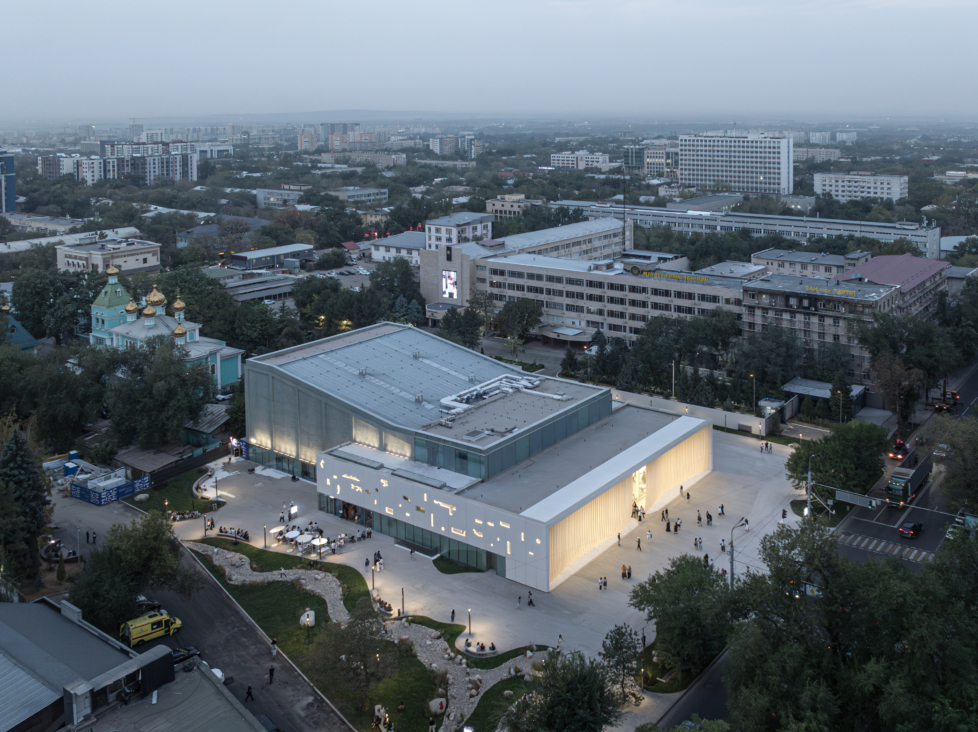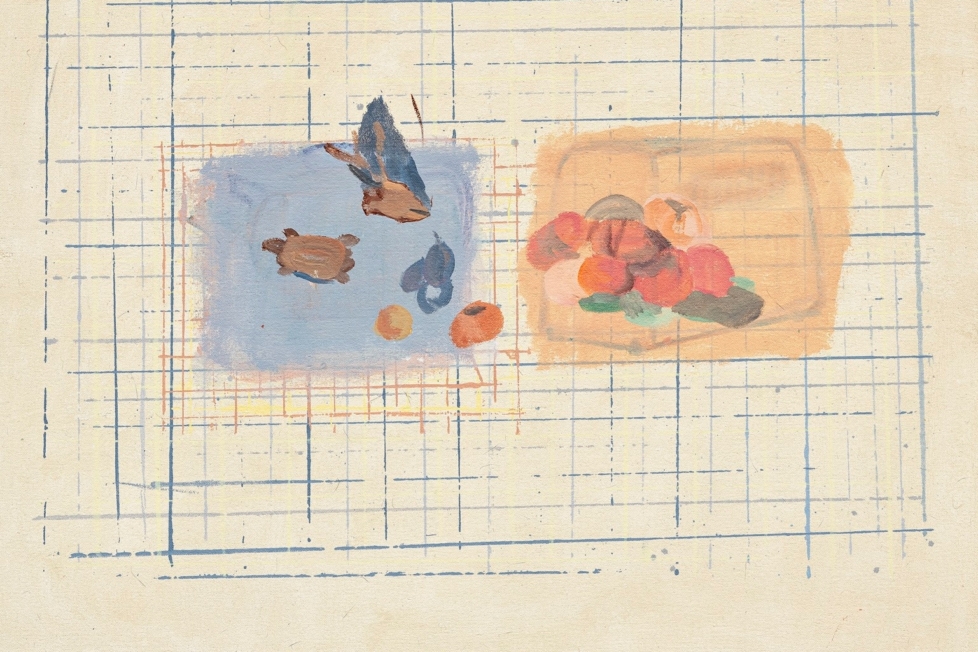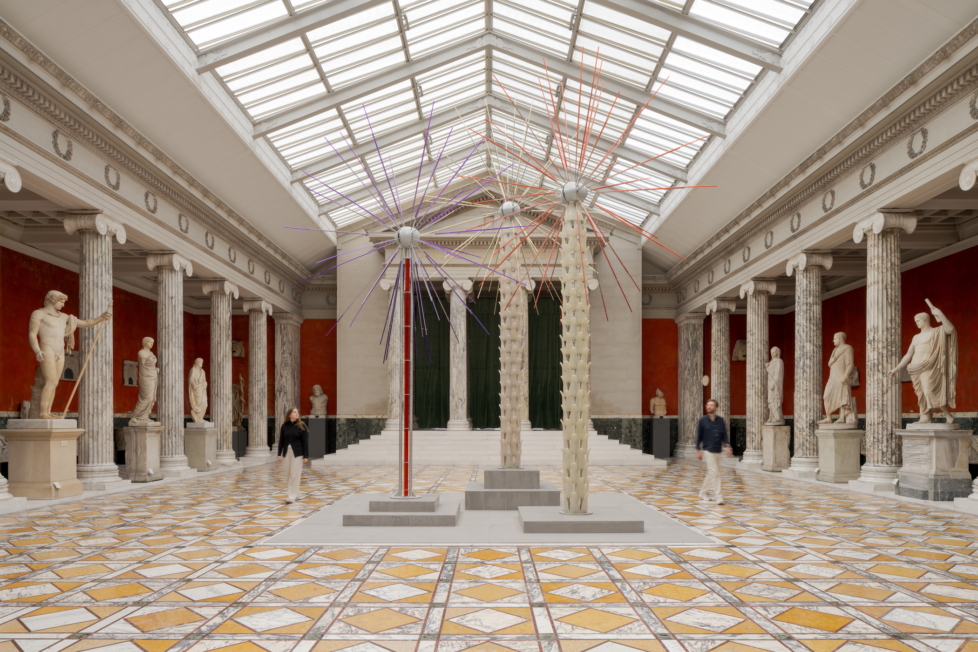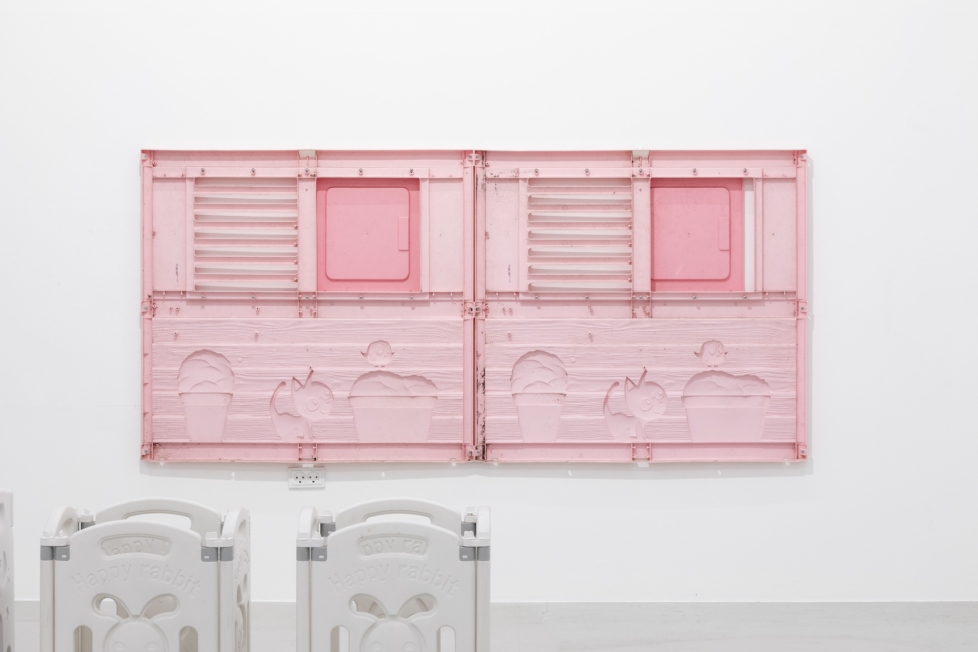
After some years of motherhood being an omnipresent theme on the contemporary art scene – prompting extensive revelling in pregnant bellies, theories of care, and connectedness through milk and placentas – the baby has finally broken free. It has wriggled its way out of the belly, out of its parents’ embrace and is now crawling intently across the floor, ready to become its own person – as seen in Just Kids at Gammel Strand last season, and in the figurative Naïve aesthetic that pops up at regular intervals as one of painting’s basic templates.
Indeed, it is very easy to draw parallels between the figure of the child and the artist: both are outsiders who see the world through fresh eyes, still untainted by the constricting norms and expectations of the wider world. The child can be a figure of resistance, speaking truth to power – the kind of child we know from ‘The Emperor’s New Clothes’ and the Christiania movement Children’s Power (Børnemagt), defiantly questioning the establishment. “Out of the mouths of babes…” as the saying goes.
In the art of Sofie Winther, who graduated from the Royal Danish Academy of Fine Arts in Copenhagen in 2023, the ways that children are socialised take centre stage. Now, her exhibition Play Pen Prodigy at Nikolaj Kunsthal’s Platform looks remarkably like a children’s institution within an art institution. Here we find building blocks, playpens, and playhouses as well as lots of those soft foam mats you can crawl across or piece together to make patterns. So we are looking at readymades here, all originating from the same world, but arranged and installed in ways that make them virtually unrecognisable.
For example, two sides of a pink plastic playhouse are hung on a wall, and the effect makes them looks very much like casting moulds. It is easy to immediately fall in love with the language used by toy manufacturers to describe their products: A “Happy Rabbit Baby Playpen,” anyone?
The latter refers to a series of plastic elements that can be assembled to form playpens of variable dimensions. I don’t know who came up with the idea of comparing a baby to a rabbit, but it feels rather apt. Winther has put the elements together to form an array of extremely small boxes, creating constricting enclosures that would severely curtail a child’s freedom of movement. Things go on in this vein, offering more examples of how the child’s body, creativity, and entire being are shaped through education and play, and how the physical structures surrounding the child reflect thinly veiled intentions of raising it to become an upstanding and productive member of society. A controlled process with a clearly defined goal, in other words.
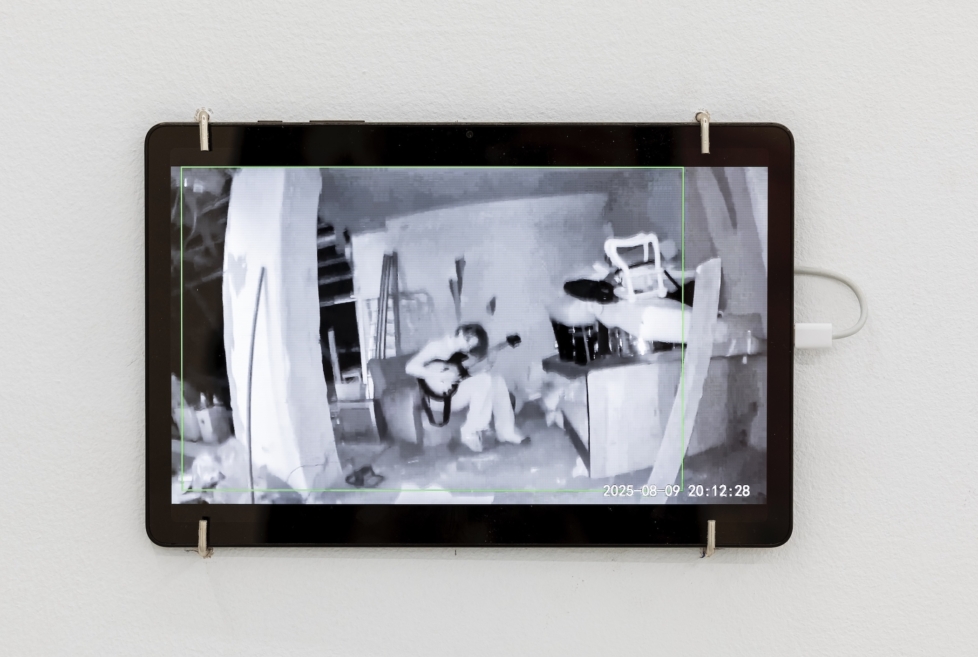
Another group of works deals, predictably enough, with the rebellion that children (and artists) eventually mount against all the boxes they are made to fit into, all the pigeonholing to which they are constantly subjected. Two Swedish films aimed at young people, Show Me Love (Fucking Åmål) from 1998 and We Are the Best (Vi är bäst!) from 2013, point the way out of the clutches of adult control towards an intoxicating punk freedom. Yet another outsider figure, Allan Lilholt, an artist associated with an art school for adults with special needs, has drawn portraits of the two main characters from Show Me Love as they might look today. These have been etched in the glass door of one of those pieces of rosewood furniture that remain in so many of our parents’ homes. Very cool.
In the video work Voksengæld (Adult Debt, 2025), Australian sound artist Joëlle McGovern performs a musical number from We Are the Best in Swedish so faltering and distorted that it sounds like baby talk. The language collapses and dissolves. Perhaps this can in itself be seen as a form of resistance against adult dominance, the very same that compares children to rabbits. In McGovern’s version, the punk aspect becomes gentle like a lullaby, safe and familiar like the teenage years – a shared reference for us all and a stage in life we can look upon with an indulgent smile.
Winther is also a trained fashion designer, and she has a keen feel for the inherent built-in norms of mass-produced objects and for how little it takes for these objects to reveal their true nature. Brightly coloured blocks which at first seem to encourage creativity are in reality tools for teaching the child the language that, perhaps more than anything else, frames the societal values we wish to instil in it.
While many like-minded artists – such as Tora Schultz, with whom Winter clearly has a kinship – juxtapose objects from several different spheres, all of Winther’s objects belong to the same world of industrially produced plastic in baby-friendly pastel colours. The artist’s ability to stage such powerful resistance with such simple means is impressive. Play Pen Prodigy is punk in the classic sense, where the symbols of mainstream culture are twisted and turned back against themselves. It’s enough to make you raise a fist and yell: “Nobody puts Baby in a corner!”
